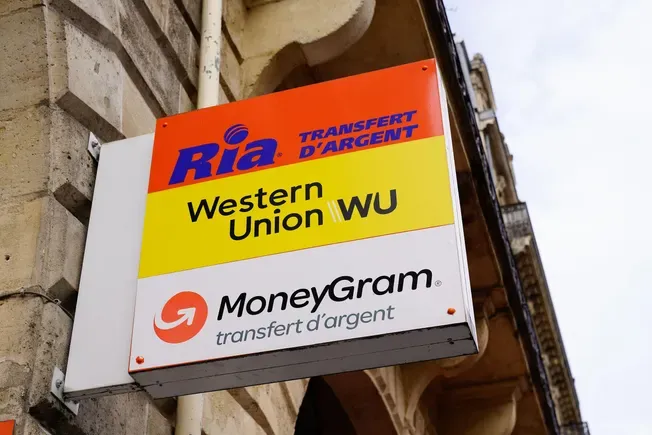Average mortgage repayments today are only 1.5% lower than those during the great recession of 2008 and 2009, the latest data from Octane Capital shows.
Octane’s data found that a buyer today would be looking at a loan amount of £207,014 once a 25% deposit (£69,005) has been accumulated.
This figure was based on the current average house price of £276,019 and a three-year fixed-rate mortgage with a 75% loan to value (LTV).
With an average rate of interest of 1.84% paid over a 25-year term, Octane said this would equate to an average monthly mortgage repayment instalment of £859.41.
The average mortgage repayment today equates to 32.8% of monthly income, based on the UK average annual gross salary of £31,447.
The percentage of monthly income represents a 5% increase on the pre-pandemic figure of 27.8% in December 2019, 4.7% higher than the 28.1% figure in 2017 and 3.1% more than it was in 2011.
Octane says the 32.8% means the real cost of a mortgage is getting very close to the level it was at during the great recession of 2008 and 2009 in the aftermath of the banking crisis.
Commenting on the figures, Octane Capital chief executive Jonathan Samuels says that the cost of living is “a current cause of great concern and many homeowners are not only combating the inflated cost of day to day living, but also the monthly cost of their mortgage following a string of interest rate increases”.
“At the same time, wage growth has simply failed to keep pace with these rising costs and so the proportion of our income required to cover our monthly mortgage commitments is now substantially higher than it has been for many years.”
“Unfortunately, this cost only looks set to increase as we expect to see interest rates increase further throughout the year. The best advice for those currently struggling is to consult a mortgage professional and see if they can swap to a product offering a better rate. For those currently looking to buy, it’s vital to factor in any potential increase and not to borrow beyond your means based on current rates.”
“While the current cost of borrowing may still remain fairly favourable, it’s vital you consider what any further increases may mean for your financial stability, as those borrowing right up to their limits initially are sure to struggle further down the line,” Samuels adds.
Original Article






